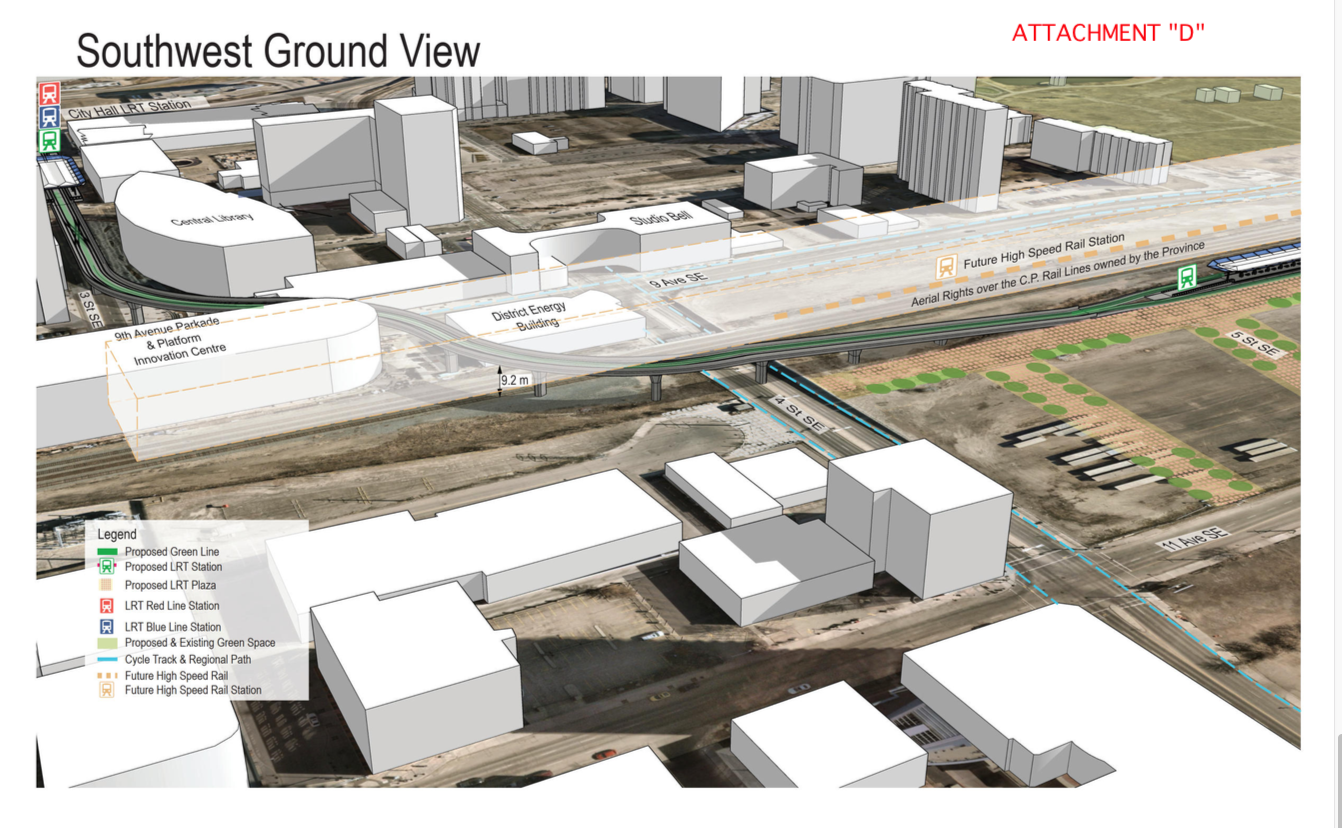UrbanWarrior
Senior Member
I feel her request is pretty fair, it's 50% of funding for the next ~15 to 20 years. That's not that bad considering the scope of the project. The backbone of our BRT network is already complete, and no other rapid transit currently proposed. The next line I could see happening would be the Purple Line from downtown to Forest Lawn/Chestermere (likely interlined with Green Line up to Inglewood/High Field), but I don't even see that being seriously proposed until the 2030s anyways. We could see that line being extended down 11 Avenue underground, under the CPR tracks, and eventually to Bowness. Again though, that is many many years away.
With the Canadian Infrastructure Bank already investigating the YYC - Rockies fixed link, including an express service (every 20 min) between YYC and downtown, a C-Train rail link to the airport is unnecessary.
With the Canadian Infrastructure Bank already investigating the YYC - Rockies fixed link, including an express service (every 20 min) between YYC and downtown, a C-Train rail link to the airport is unnecessary.
